Eloise Buttler Wildflower Garden Trails Are Perfect For A Quiet Urban Escape

Tucked into the heart of Minneapolis is a quiet escape that many overlook. Surrounded by forest and filled with native blooms, this wildflower garden offers a rare chance to slow down and reconnect with nature—without ever leaving the city.
With its winding trails, seasonal plant life, and resident birds, Eloise Buttler Wildflower Garden is the kind of place where you trade traffic noise for birdsong and rediscover just how calming a walk in the woods can be.
1. Why This Wildflower Garden Stands Out In The City
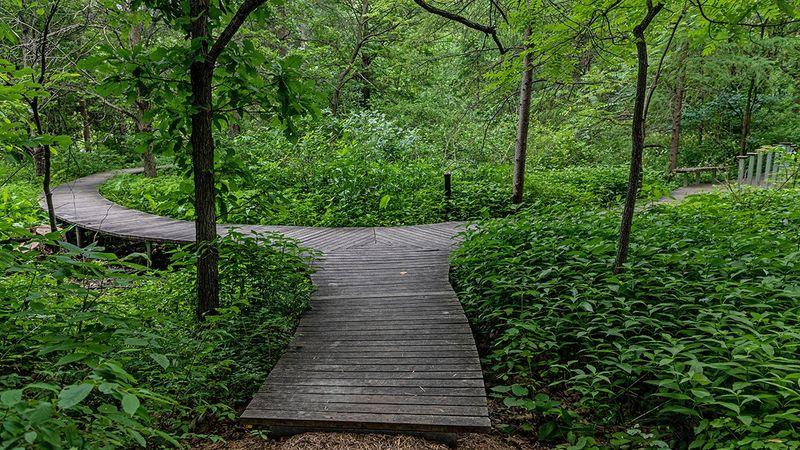
Unlike manicured city parks, this natural sanctuary preserves Minnesota’s native ecosystem in its authentic state. Eloise Butler Wildflower Garden features over 500 plant species and 130 bird varieties in just 15 acres.
The carefully maintained trails wind through multiple habitats—wetlands, woodlands, and prairie—all within city limits.
2. A Brief History Of The Eloise Butler Wildflower Garden

Founded in 1907, this botanical haven began as a passionate project to protect native flora. Eloise Butler, a dedicated botany teacher, convinced the Minneapolis Park Board to establish the space as America’s first public wildflower garden.
Her pioneering conservation efforts continue today, making the garden a living monument to early environmental stewardship.
3. What To Expect On The Trails
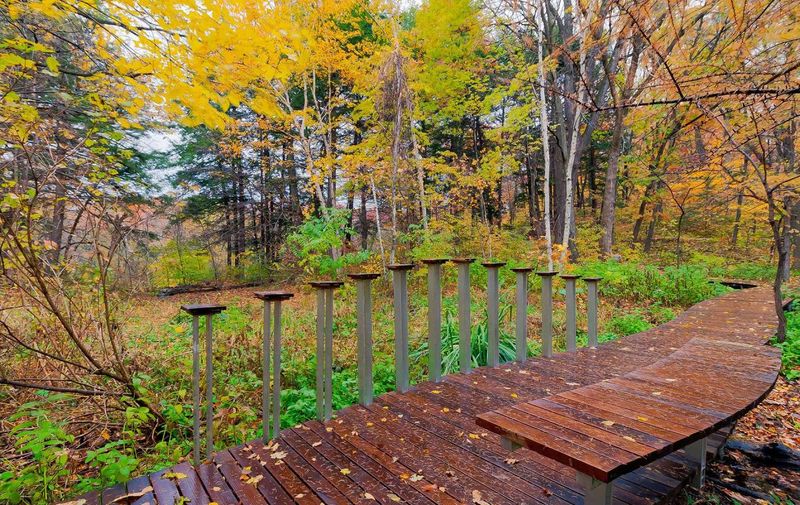
Gentle pathways meander through three distinct ecosystems, offering surprising variety in a compact space. The trails are well-maintained with boardwalks spanning marshy areas and crushed stone paths through woodlands.
Visitors enjoy quiet contemplation with strategically placed benches overlooking seasonal blooms and the occasional glimpse of woodland creatures.
4. Seasonal Highlights And Blooming Times
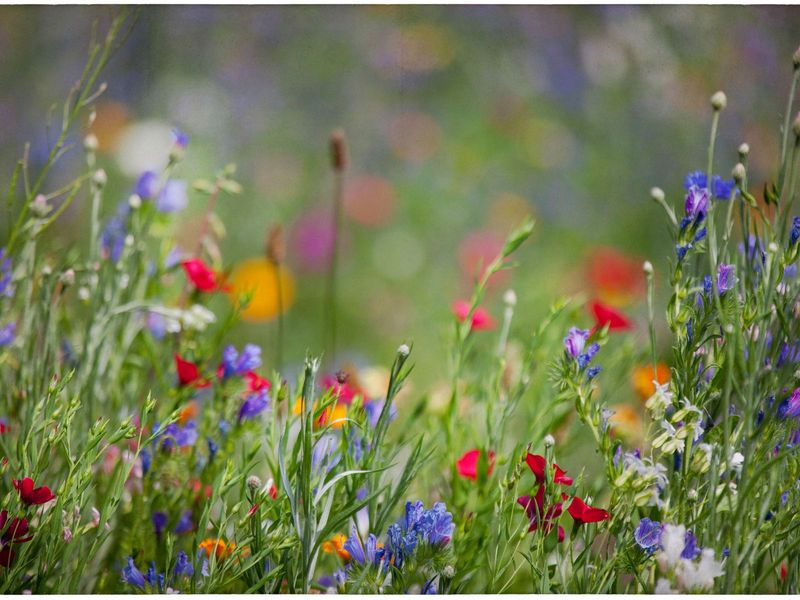
Spring awakens with trout lilies and bloodroot emerging from the forest floor as early as April. Summer brings prairie blazing stars and wild bergamot, attracting countless pollinators to their vibrant blooms.
Fall transforms the garden with golden asters and the rusty hues of native grasses, while winter offers a serene landscape of snow-dusted seed heads.
5. Wildlife You Might Spot Along The Way
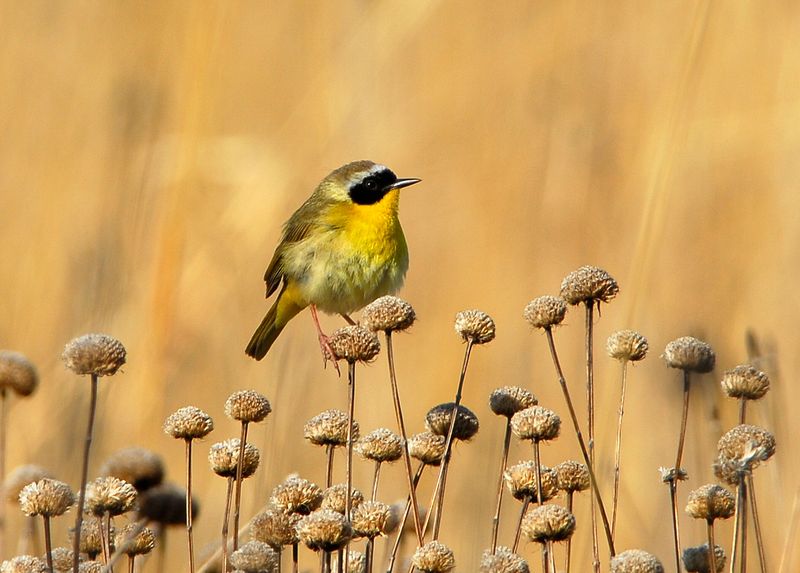
Sharp-eyed visitors frequently encounter white-tailed deer delicately browsing at dawn or dusk. The garden hosts a remarkable array of songbirds, from vibrant cardinals to melodious thrushes, especially during spring migration.
Lucky nature enthusiasts might glimpse foxes, turtles sunning on logs, or even the occasional barred owl watching silently from above.
6. Guided Walks And Educational Programs

Naturalist-led tours unveil seasonal highlights and fascinating plant stories every weekend from April through October. Children’s programs transform young visitors into nature detectives through engaging activities focused on pollinators, seeds, and forest ecology.
The garden’s volunteer program offers hands-on learning opportunities for those wanting deeper connection with this historic landscape.
7. Tips For Visiting (What To Bring, When To Go)
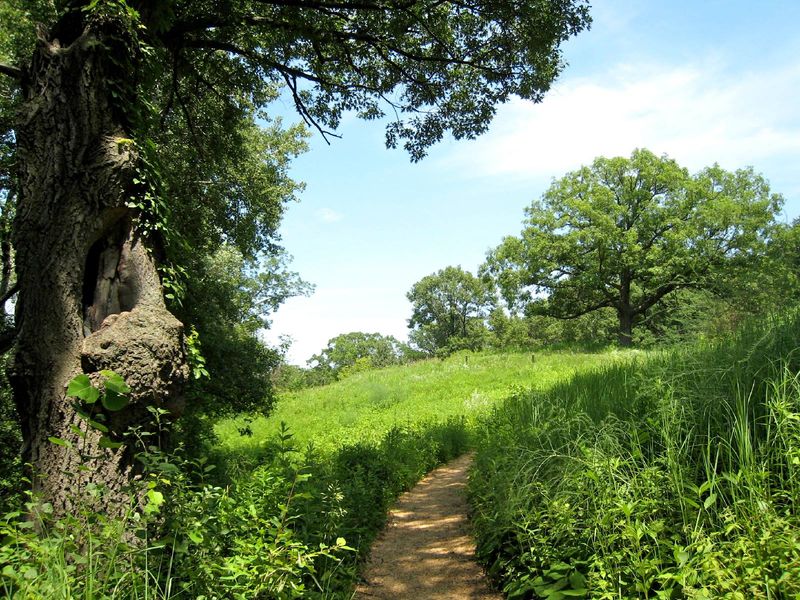
Morning visits offer the best wildlife sightings and photography light, especially on weekdays when crowds thin. Pack binoculars for bird watching, comfortable walking shoes, and a water bottle for your exploration.
Mosquito repellent proves essential during summer months, while a plant identification app helps you recognize the diverse flora throughout the seasons.
8. Nearby Attractions To Pair With Your Visit

Just minutes away, Theodore Wirth Park offers additional hiking trails and recreational activities for extending your outdoor adventure. Hungry explorers appreciate the nearby Bryn Mawr neighborhood cafes, perfect for post-hike refreshments.
Art enthusiasts can combine nature appreciation with culture at the Walker Art Center and Minneapolis Sculpture Garden, located a short drive east.
9. A Peaceful Break In The Heart Of The City
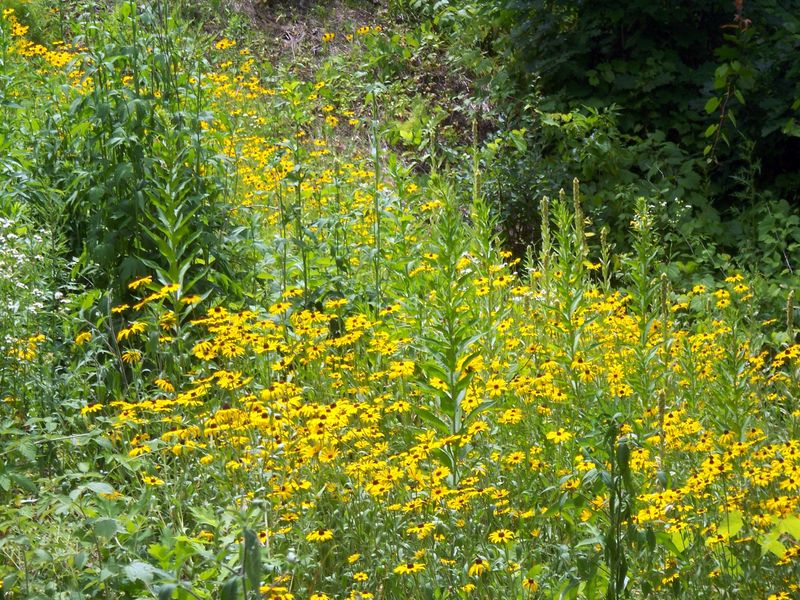
Few urban experiences match the restorative power of stepping into this woodland sanctuary. The Eloise Butler Wildflower Garden offers a genuine connection to Minnesota’s natural heritage without leaving city limits.
Whether seeking a quick lunchtime escape or a full morning of nature immersion, these trails provide accessible wilderness that reminds us of nature’s resilience amid urban development.
